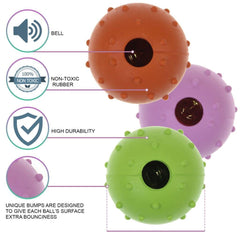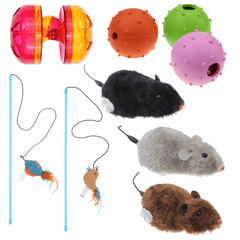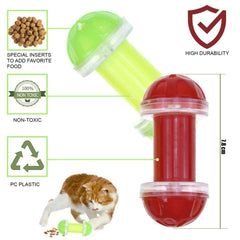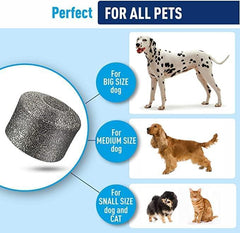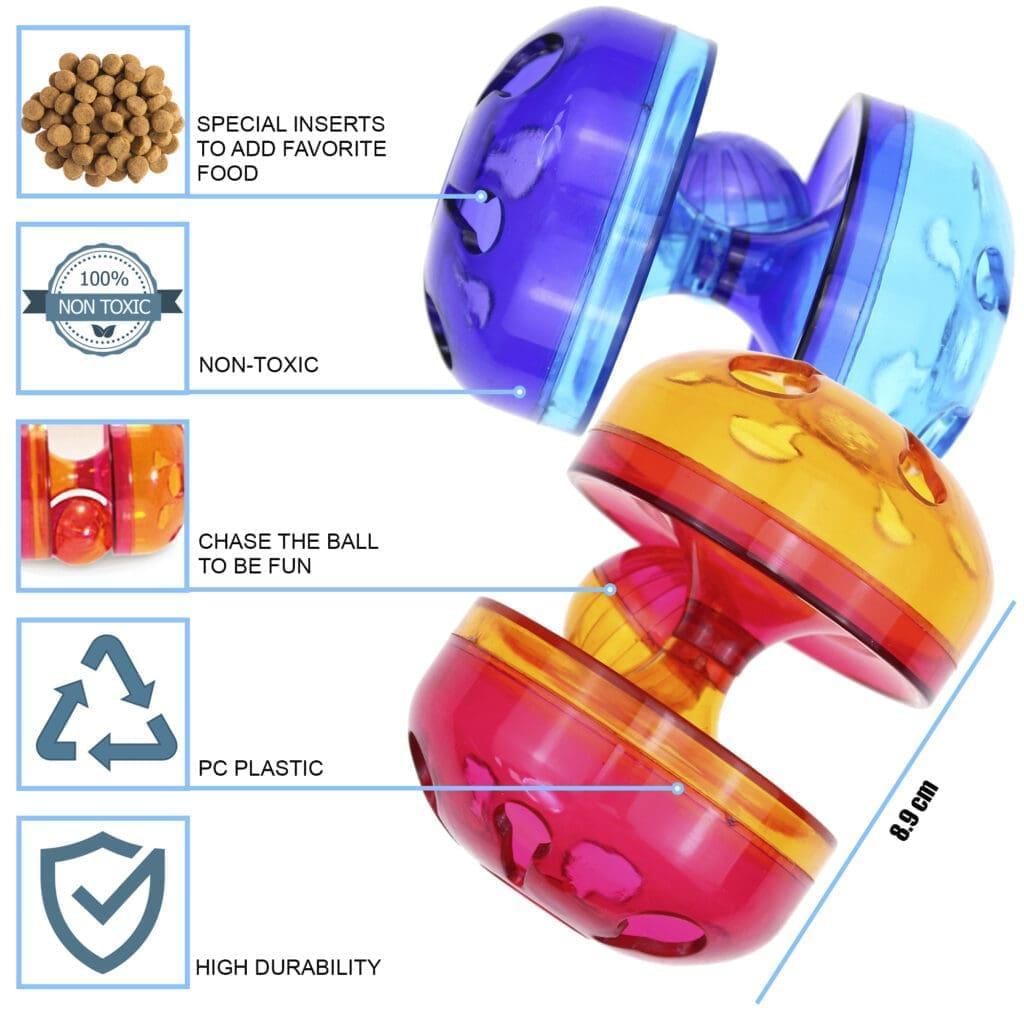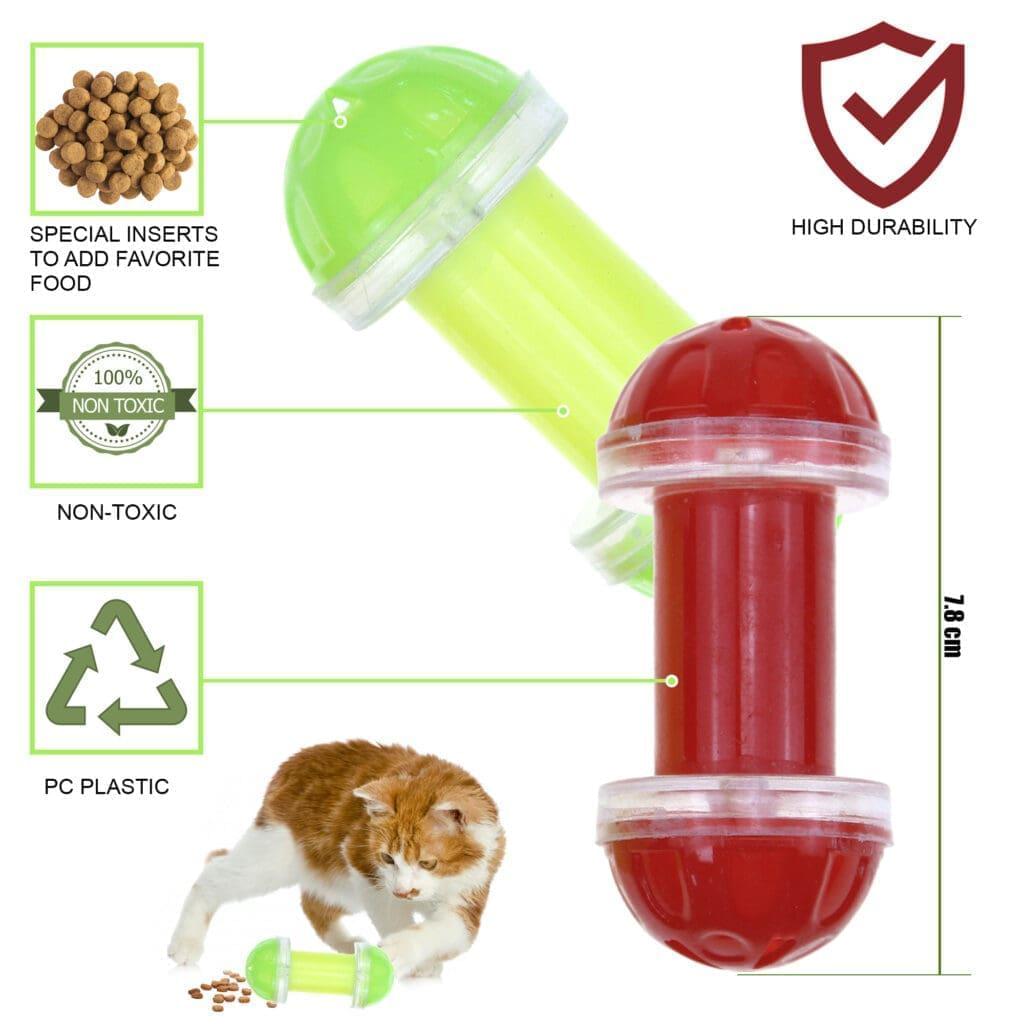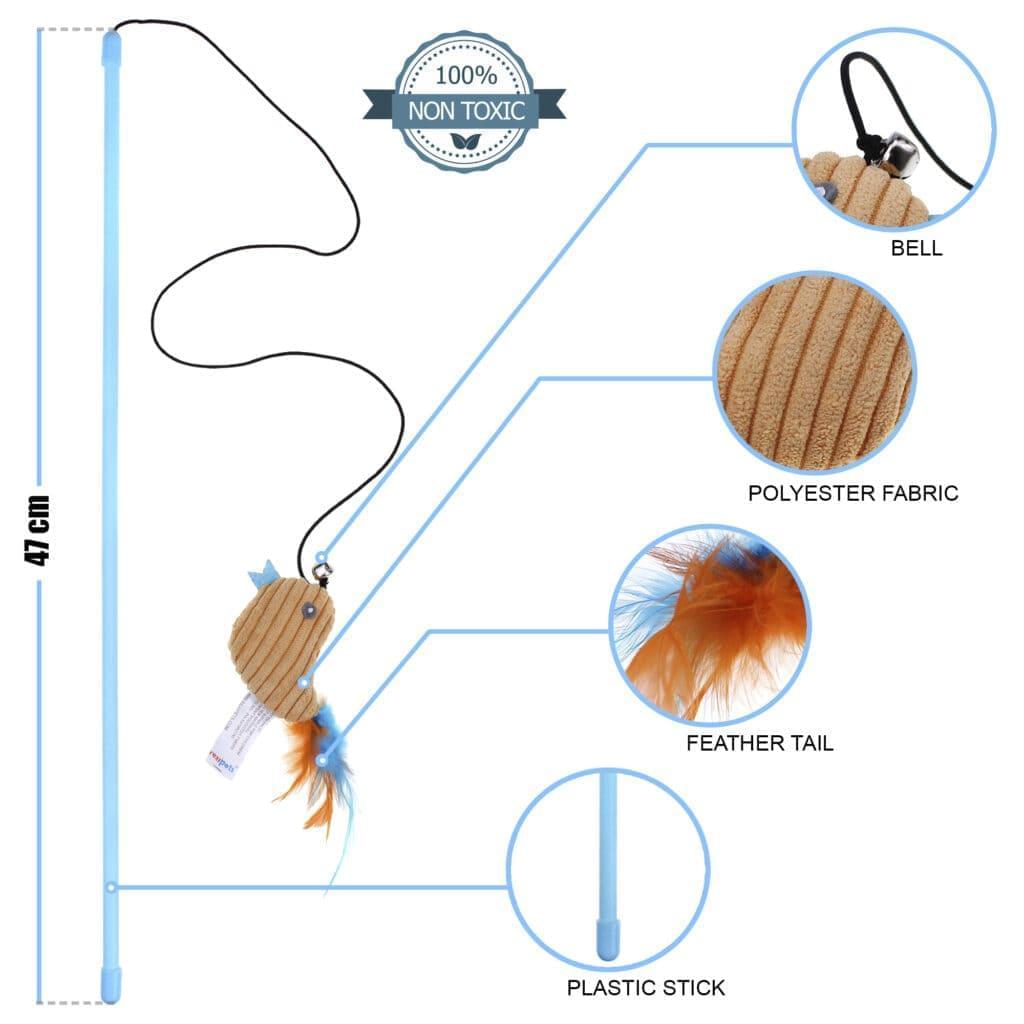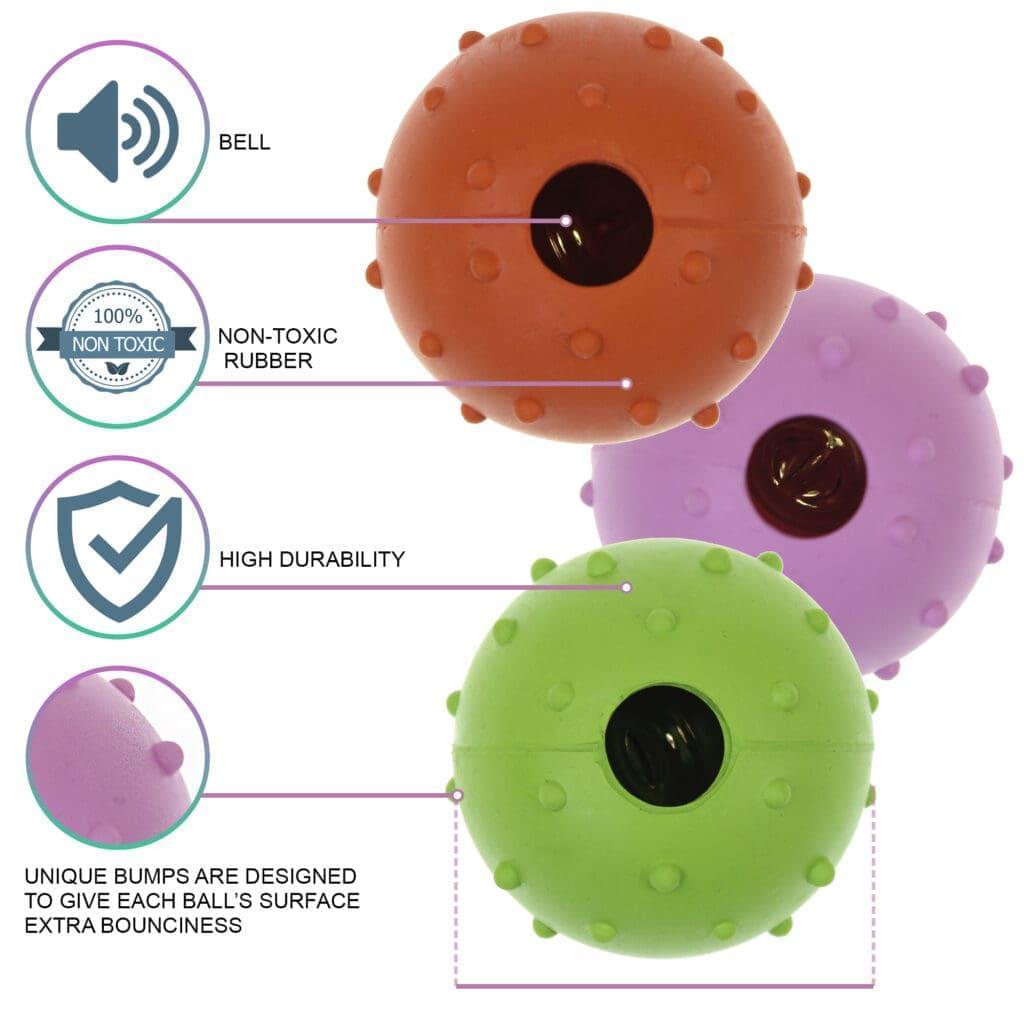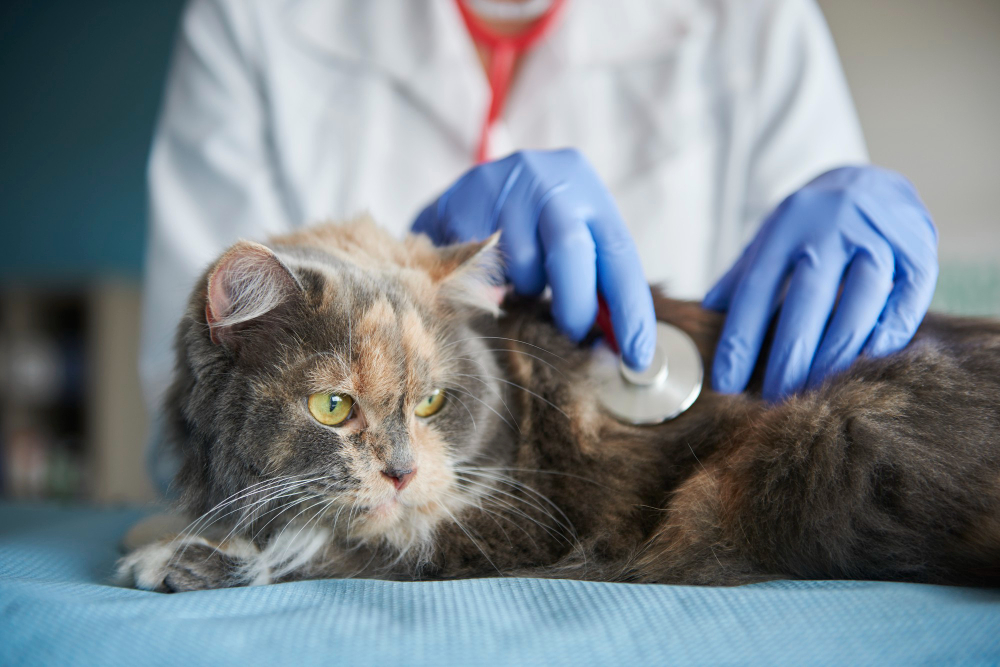
Anemia is a health condition that is common in both humans and animals. In animals, it is more specifically found in cats. It occurs when there is a deficiency in red blood cells. It can even happen if there is a decrease in hemoglobin levels.
Anemia can be a symptom of some underlying disease or a standalone condition. Reducing oxygen supply to tissues and organs can lead to organ damage, potentially resulting in organ failure. Anemia poses a severe threat to health and can escalate to a life-threatening condition.
In this article, we we'll discuss what anemia is, its symptoms in cats, its causes, methods of diagnosis, and treatment options for cat owners.
What is Anemia?
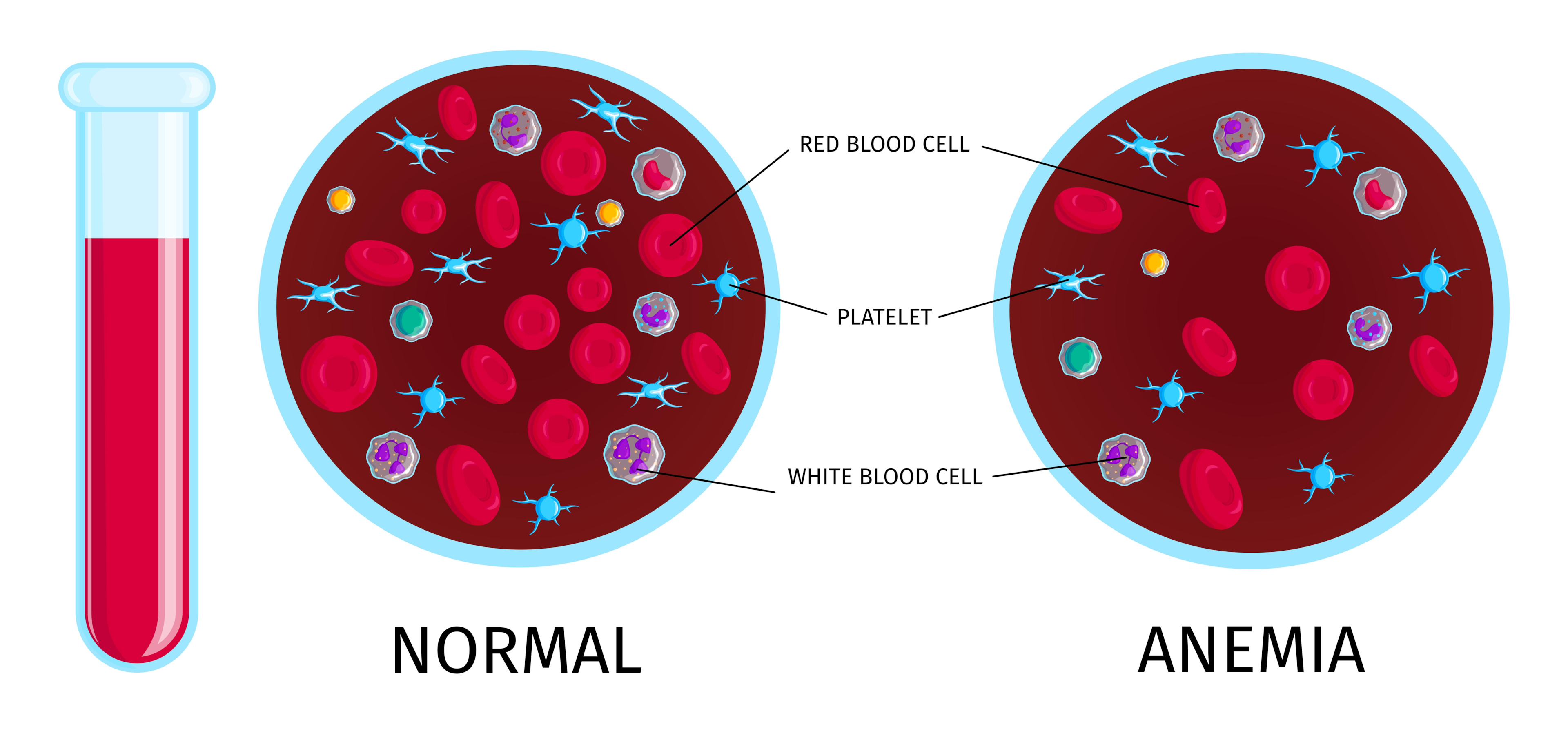
Anemia happens when there are reduced number of red blood cells in the body or there is a decrease in hemoglobin levels in the blood.
Red blood cells help in sending oxygen from the lungs to all the other tissues and organs throughout the body. These are the most common cells in your body, carrying oxygen to your body's tissues and organs.
Hemoglobin is a protein that contains iron. It is present in the red blood cells. It binds to oxygen molecules and ensures their delivery to cells, supporting energy production and overall well-being. Therefore, a decline in the quantity of red blood cells leads to a reduced oxygen-carrying capacity in the body.
Anemia in cats can take several forms. This includes regenerative and non-regenerative anemia:
-
Regenerative Anemia
Regenerative anemia in cats occurs when the decrease in the red blood cells is met by the bone marrow's increase in red blood cell production.
This kind of anemia often indicates an underlying cause, such as blood loss or immune-mediated hemolytic anemia.
-
Non-regenerative Anemia
This anemia happens when the bone marrow cannot produce red blood cells. So, as a result, the red blood cell count decreases over time. This can lead to severe anemia in cats. Blood transfusion might become necessary in such a case.
This type of anemia can be a sign of chronic diseases. These diseases include kidney disease, liver disease, bone marrow disorders, or chronic inflammation.
Symptoms of Anemia in Cats
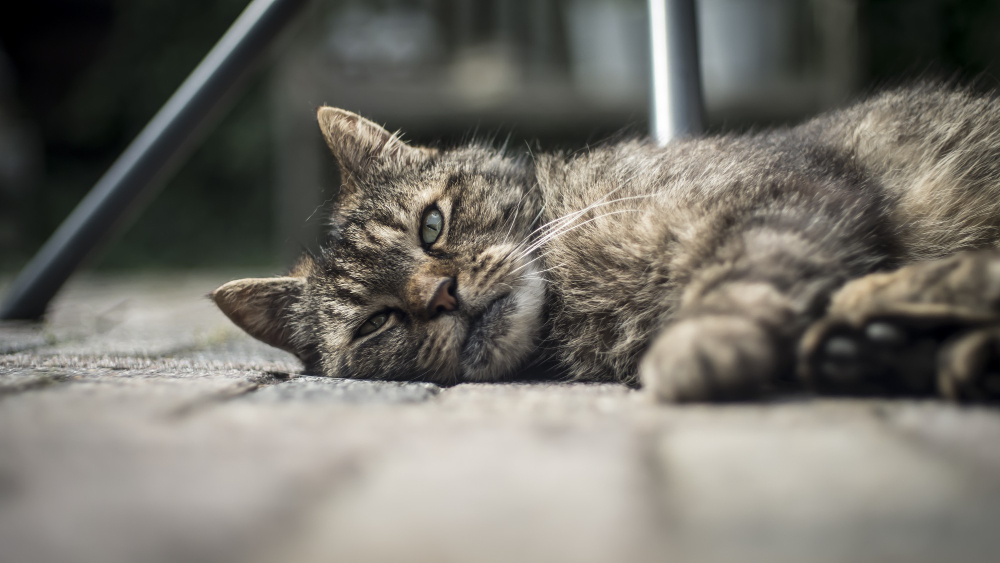
Anemia in cats can be detected because of several symptoms. Therefore, it is essential to pick up on them for a timely diagnosis and treatment.
Common symptoms of anemia in cats include:
-
Paleness
Pale gums, lips, and inner eyelids are the most noticeable giveaway of anemia in cats. In some cases, the mucous membranes may appear yellowish (jaundice). This is a sign of an underlying liver disease.
-
Lethargy and Weakness
Getting lethargic and weak without much activity is common in cats with anemia. Mundane activities such as jumping and moving become difficult for cats.
-
Reduced Appetite and Weight Loss
When cats get anemia, they lose their appetite, and with it goes their weight as well. This loss of appetite can worsen the anemia if not addressed immediately.
-
Rapid Breathing or Panting
Anemia in cats often causes them to breathe rapidly. Panting can also be observed to compensate for the reduction in red blood cells and, by extension, oxygen.
-
Increased Heart Rate
Heart rate increases when cats get anemia. This happens when the cat's body starts circulating red blood cells more efficiently to compensate for the reduced oxygen levels.
-
Cold Extremities
Because of poor blood circulation, cats with anemia usually have cold extremities. This means that their ears, paws, and tail get extremely cold.
-
Changes in Behavior
Anemia can significantly affect a cat's behavior. It can cause irritability, depression, or restlessness in cats.
What Causes Anemia in Cats?
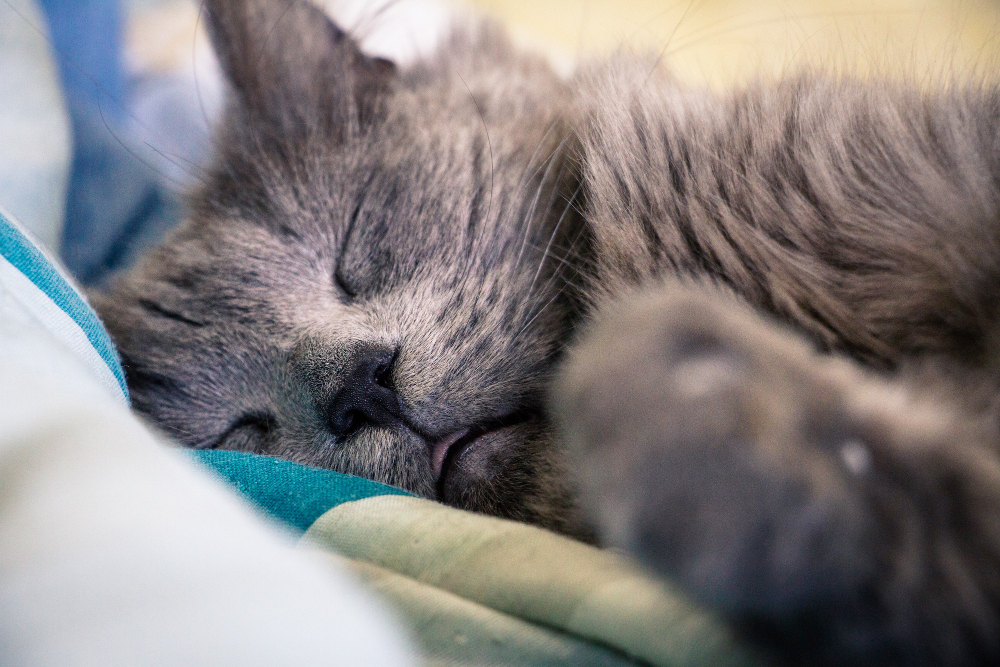
Cat's anemia is not a standalone illness. Instead, it happens when there are other health problems in the body that lead to anemia.
The reasons behind anemia fall into three main groups: losing blood, red blood cell destruction, and a lack of production of enough red blood cells.
It is essential to know the underlying cause so that an accurate diagnosis can be made.
Some common clinical signs of anemia in cats include:
- Blood Loss: Blood loss can be both external and internal. Injuries, trauma, gastrointestinal bleeding, and blood parasites (such as fleas or ticks) can all lead to significant blood loss.
- Chronic Diseases: Serious illnesses such as chronic kidney disease can affect the production and lifespan of red blood cells. Other chronic diseases leading to red blood cell disorders include inflammatory disorders or cancer. These diseases can result in non-regenerative anemia.
- Nutritional Deficiencies: An inadequate diet lacking essential nutrients, particularly iron, vitamin B12, or folic acid, can lead to anemia.
- Toxicities: Exposure to toxins, such as certain plants, chemicals, or medications, can damage red blood cells and cause anemia.
- Infections: Feline leukemia virus (FeLV) or feline immunodeficiency virus (FIV) are common causes of cat anemia.
- Bone Marrow Disorders: If you get blood tests and a bone marrow biopsy done, it might show you some kind of disorder in your cat's bone marrow that is causing the anemia.
- Autoimmune Diseases: In rare cases, the cat's immune system may mistakenly attack and destroy its own red blood cells, bringing down the complete blood count. This leads to autoimmune hemolytic anemia (AIHA).
How to Diagnose Anemia in Cats?
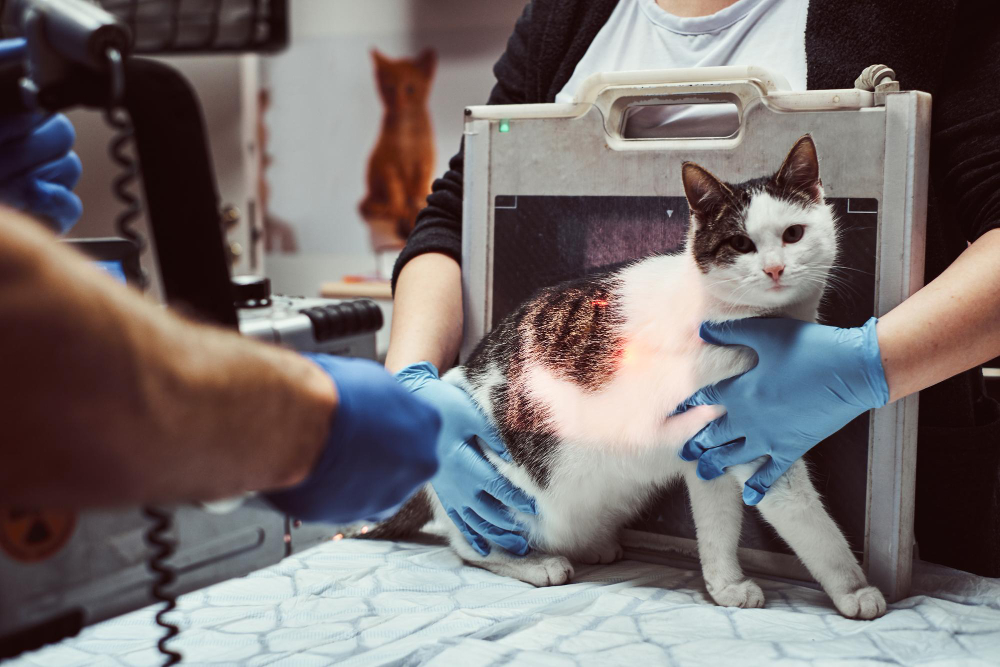
While the symptoms stated above can be pretty accurate indicators of anemic cats, blood tests, including the complete blood cell count (CBC) test, are required to run before diagnosing anemia in a cat.
The CBC is done to evaluate the packed cell volume (PCV). This is the percentage of blood volume that makes up the red blood cell count. In anemic cats, PCV falls below 25 percent.
After the CBC, the vet runs several other blood tests to detect the underlying cause. If there is no external bleeding, then an X-ray will be done to rule out any internal bleeding. A fecal examination is done to rule out the feline leukemia virus.
Bone marrow testing is also done if there is a concern about the bone marrow not responding properly to the destruction of red blood cells.
How to Treat Anemia in Cats?

Usually blood transfusions are required in case the anemia is severe. Cats have two main blood types, A and B. Both the donor and the recipient cats are checked for their blood types to diminish the risk associated with transfusion reactions.
After the blood transfusion is done, the vet looks for the underlying cause of the anemia so that the treatment can be based on treating that condition.
The medications recommended by the vet are prescribed after the underlying condition of anemia is detected. These medications include:
- Steroids
- Antibiotics
- Gastroprotectant medications
- Deworming medication
This veterinary medicine depends on the underlying cause of your cat's anemia. For example, the deworming medication is given when the anemia is caused by parasites.
If the cat has suffered any kind of trauma, then surgery might be needed to stop the bleeding. Additional transfusions, oxygen therapy, and other forms of supportive care are needed in more severe cases.
If the cat has non-regenerative anemia, it might have to continuously get treatment and follow-up vet appointments to balance the diminishing bone marrow and red blood cell count. This is because, in non-regenerative anemia, bone marrow doesn't produce new blood cells, so they will have to be constantly replaced.
With the regenerative kind of anemia, cats can return to their normal lives after treatment.
You should always visit your vet for either kind of anemia for a follow-up. The disease can be fatal if the cat does not receive proper treatment.
Final Words!

Anemia in cats can be a concerning condition that significantly impacts their overall health and well-being. If not treated on time, it can become fatal.
Recognizing the symptoms of anemia and seeking veterinary help immediately is essential for a positive outcome.
Remember that anemia is often a sign a chronic disease, and addressing the root cause is essential for effective treatment.
Understanding anemia and its causes can be very helpful if your cat gets the condition. You might want to consult your vet to know more about it.
So, don't let your feline friend suffer if you see that that they are not acting like themselves. Take them to a vet immediately. Afterall, taking care of your furry friend is your responsibility.
